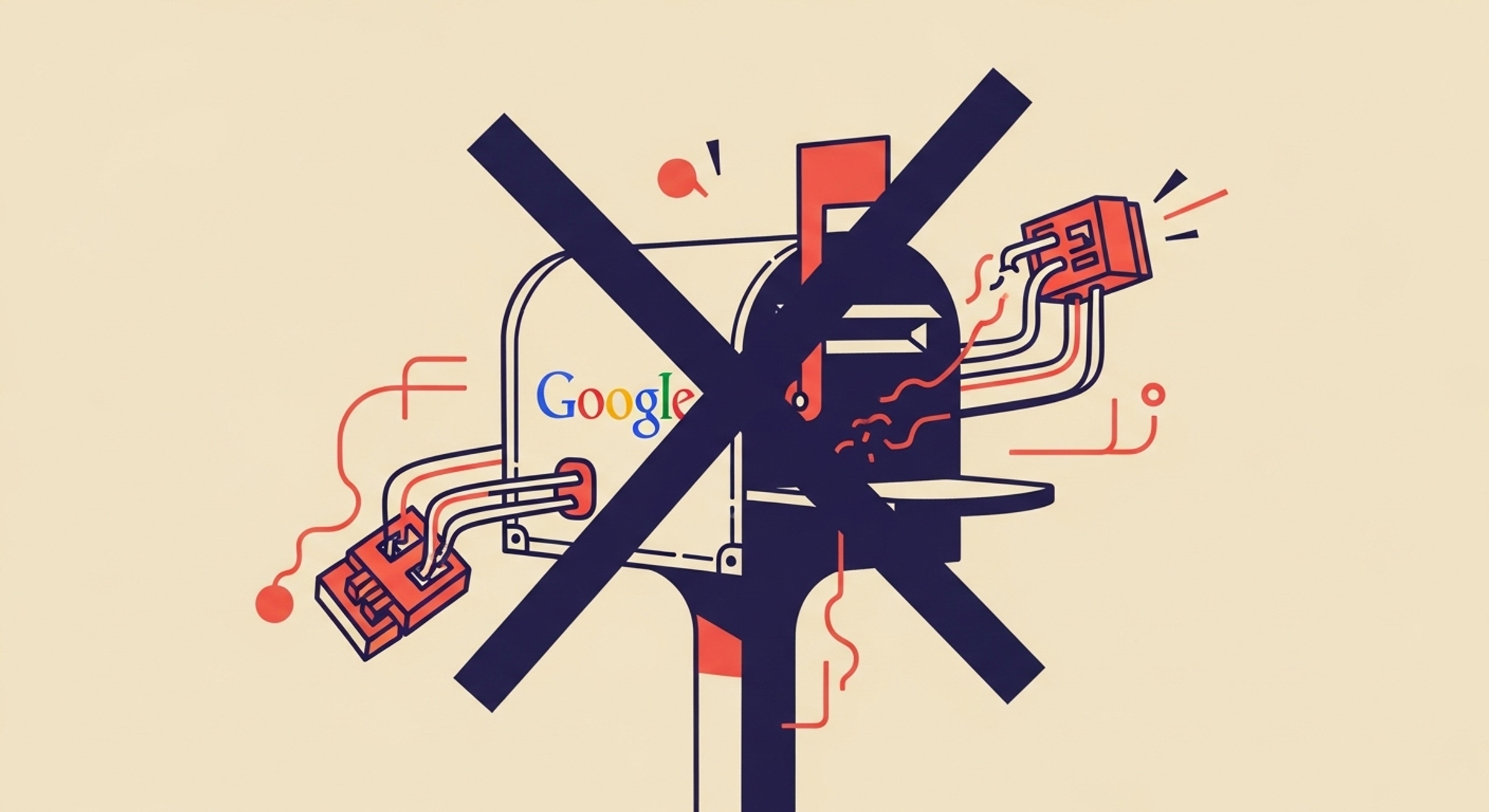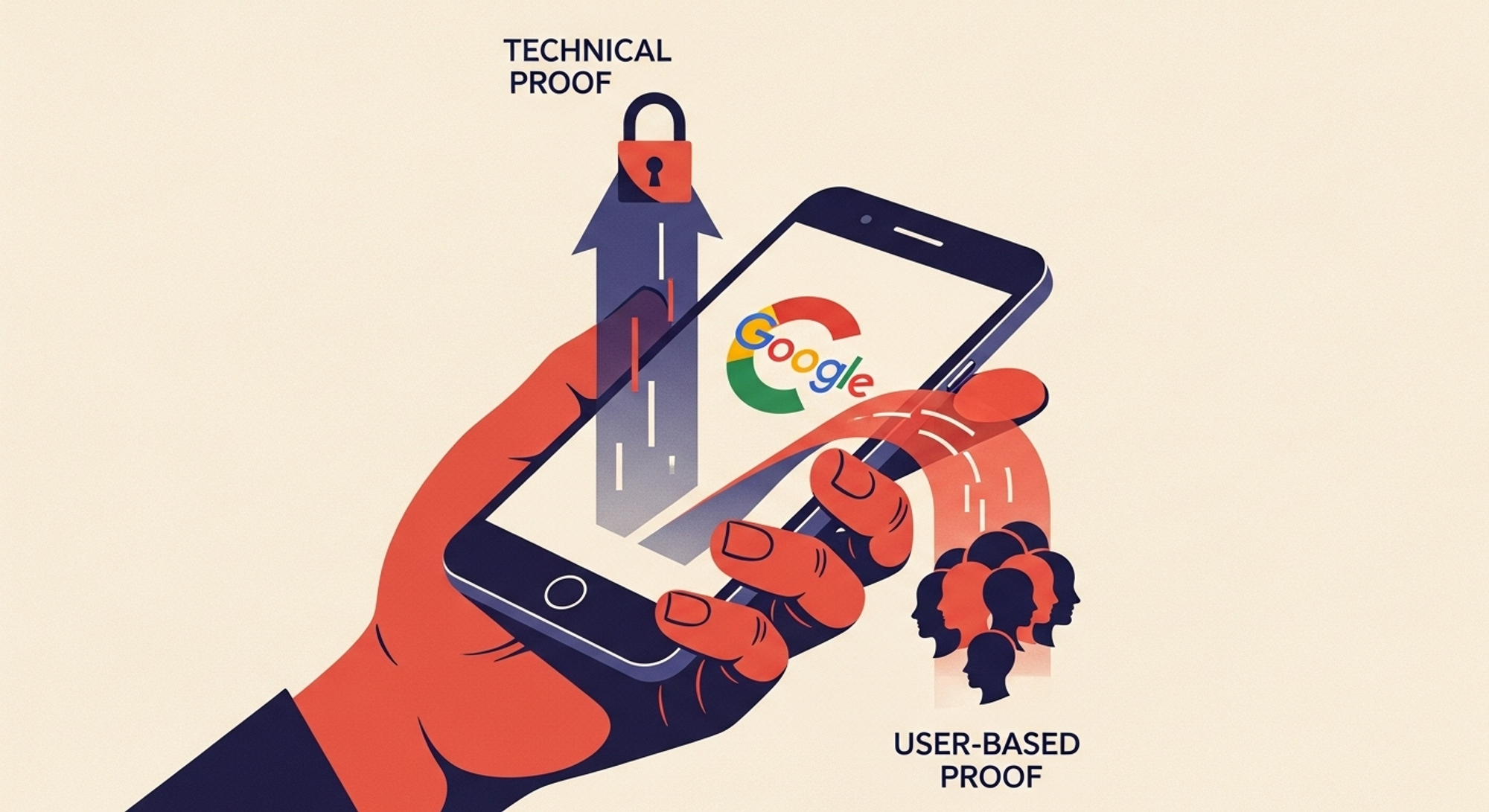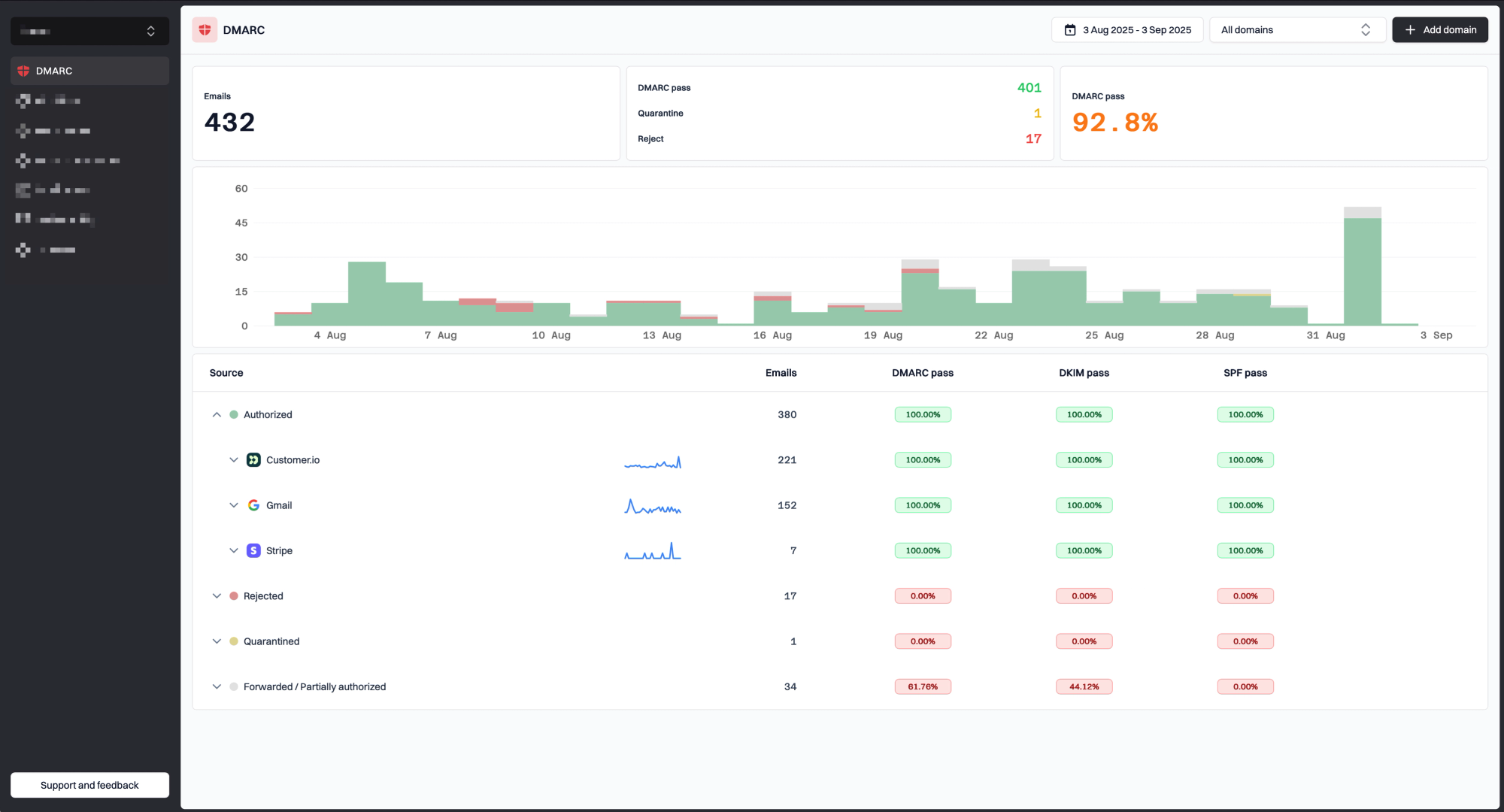I've been in the email space for a long time, and I've seen plenty of trends come and go. But the latest news from Google is one of the most significant shifts I've seen in a while. Google has officially announced it is retiring the Domain and IP Reputation dashboards from Google Postmaster Tools (GPT).
For many email marketers and deliverability specialists, this might cause a bit of panic. These dashboards were, for years, our only real window into how Google's black box "sees" us. A "Low" reputation was a clear sign of trouble. Seeing it go away can feel like our instrumentation is being taken away mid-flight.
But honestly, I'm not worried. In fact, I think this is a good thing.
This change isn't happening in a vacuum. It's the final, logical step in a transition Google started back in early 2024. They are moving us away from vague, lagging indicators and forcing us to focus on concrete, actionable metrics that actually improve the email ecosystem.
What's Officially Changing in Postmaster Tools?
- September 30, 2025: The old Postmaster Tools (v1) web interface will no longer be accessible.
- The Replacement: The new v2 interface, which has been rolling out through 2024, will be the new standard.
- The Big News: All dashboards from v1 are available in v2 except for the Domain and IP reputation dashboards, which are being "retired."
- The API is Changing Too: A new v2 API will launch by the end of 2025, and the current v1 API will be retired. The new API will not include endpoints for domain and IP reputation.

Google says they "will be introducing new dashboards to provide senders with even more useful and actionable information." This is the key. They aren't taking away data without a reason; they are replacing outdated metrics with something they clearly feel is more important.
Why This is a Big Deal (And Why We Shouldn't Panic)
Those reputation dashboards were always a source of frustration. What did "Medium" reputation really mean? What specific actions would move you from "Medium" to "High"? It was a guess. It was a black box.
It was also a lagging indicator. By the time your reputation dropped to "Low," the damage was already done. You were already in the spam folder, and you were playing catch-up.
I believe Google is retiring these metrics because they are no longer the most important signals. The new sender requirements that Google began enforcing in February 2024 have given us a much clearer, more direct set of metrics to obsess over.
Google is essentially telling us: "Stop trying to guess your 'reputation score' and start focusing on your actual performance."
The New "Reputation": Authentication and User Engagement
The future of deliverability at Google, and frankly everywhere, now rests on two simple, non-negotiable pillars:
- Technical Proof: Can you prove you are who you say you are?
- User-Based Proof: Do people want your email?
This perfectly maps to the
new bulk sender guidelines that are now the law of the land for anyone sending over 5,000 emails a day to Gmail accounts.
The old "reputation" is being replaced by these two metrics. And the best part? They are both completely within your control.

Pillar 1: Technical Proof (DMARC)
Google's primary new requirement is that all bulk senders must have a DMARC policy. This is no longer a "nice to have" or a best practice. It is a mandatory prerequisite for inboxing. DMARC (along with SPF and DKIM) is how you technically prove that an email coming from your domain was actually sent by you.
This single requirement is the most powerful tool we have to fight the spoofing and phishing attacks that destroy brand trust and clog up inboxes.
Pillar 2: User-Based Proof (Spam Rate)
This is the most important dashboard left in Google Postmaster Tools: Spam Rate.
Google has given us a hard, unambiguous number: you must keep your user-reported spam rate below 0.3%. And they strongly recommend keeping it below 0.1% for good delivery.
This is your new reputation. It's not a vague "Medium" or "High." It's a real-time report card from your recipients. It's a direct measure of your list quality, your consent practices, and your content relevance.
So, What Should Senders Do Now?
Instead of mourning the loss of the old dashboards, it's time to shift our focus to this new, clearer reality. This is the new deliverability checklist.
1. Master Your Authentication (Now) If you are a bulk sender and you don't have DMARC, you are already behind. You need to implement SPF, DKIM, and DMARC immediately. And your goal shouldn't be to just set a `p=none` policy. You need to be actively moving toward `p=quarantine` or `p=reject` to actually block fraudulent mail and get the full deliverability benefit.
2. Monitor DMARC Aggressively DMARC is not "set it and forget it." You need to analyze the reports it sends you. These reports show you who is sending on your behalf, whether they are passing authentication, and what receivers are doing with that mail. This is critical for making sure your
legitimate mail (from your marketing platform, your support desk, etc.) is all authenticating correctly before you move to a "reject" policy. This is exactly what a DMARC monitoring platform like
Suped is for. It makes sense of those complex reports and gives you a clear path to enforcement.

3. Obsess Over Your Spam Rate This is your new north star. Watch the Spam Rate dashboard in GPT like a hawk. If it starts to creep up from 0.08% to 0.15%... to 0.25%... you have a problem. Don't wait until you hit the 0.3% "death" threshold. Investigate immediately. Is it a new campaign? A new list source? Irrelevant content? This metric is your earliest warning sign.
4. Focus Relentlessly on Engagement The best way to keep your spam rate low is to send emails people actually want. This is the "hard part" that doesn't have a technical solution. It means:
- List Hygiene: Regularly remove subscribers who haven't opened your emails in months.
- Clear Consent: Stop using "pre-checked" boxes or obscure opt-in language.
- Relevant Content: Segment your lists. Send people what they actually signed up for.
- Easy Unsubscribe: As also required by Google, make your unsubscribe a single click. An unsubscribe is infinitely better than a spam complaint.
The Future is Clearer, Not Murkier
I'm optimistic about this change. Google is removing the "vanity metrics" of a vague reputation score and replacing them with metrics that matter.
The new "reputation" isn't a score Google gives you; it's a status you earn every single day by proving your identity (DMARC) and delighting your recipients (low spam rate).
Google even mentioned that the new v2 API will have a "compliance status" endpoint. I predict this will be a simple pass/fail check against their sender requirements, which is far more actionable than "Medium."
For a deeper dive on how to get compliant, we've written about
Google's bulk sender guidelines in the past. The message then is the same as it is now: authenticate everything and send great email.






